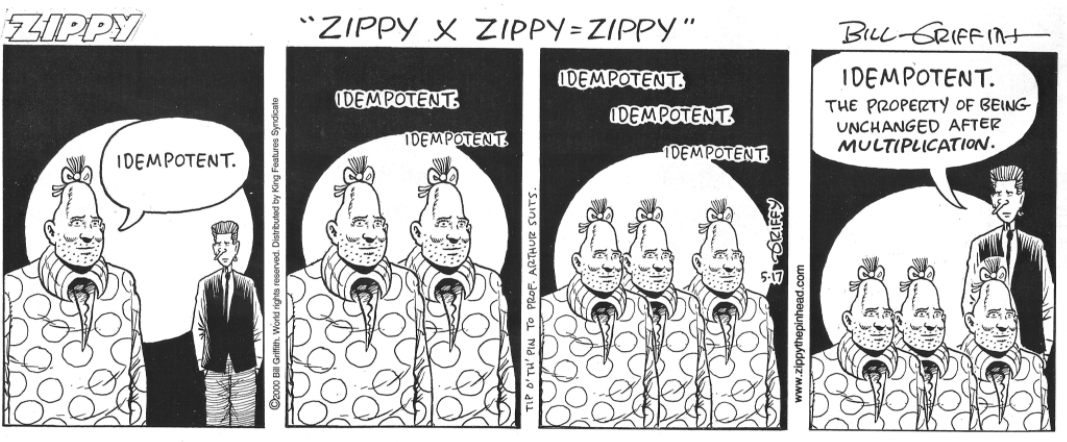2.2: Exercises, Part I
- Page ID
- 84802
\( \newcommand{\vecs}[1]{\overset { \scriptstyle \rightharpoonup} {\mathbf{#1}} } \) \( \newcommand{\vecd}[1]{\overset{-\!-\!\rightharpoonup}{\vphantom{a}\smash {#1}}} \)\(\newcommand{\id}{\mathrm{id}}\) \( \newcommand{\Span}{\mathrm{span}}\) \( \newcommand{\kernel}{\mathrm{null}\,}\) \( \newcommand{\range}{\mathrm{range}\,}\) \( \newcommand{\RealPart}{\mathrm{Re}}\) \( \newcommand{\ImaginaryPart}{\mathrm{Im}}\) \( \newcommand{\Argument}{\mathrm{Arg}}\) \( \newcommand{\norm}[1]{\| #1 \|}\) \( \newcommand{\inner}[2]{\langle #1, #2 \rangle}\) \( \newcommand{\Span}{\mathrm{span}}\) \(\newcommand{\id}{\mathrm{id}}\) \( \newcommand{\Span}{\mathrm{span}}\) \( \newcommand{\kernel}{\mathrm{null}\,}\) \( \newcommand{\range}{\mathrm{range}\,}\) \( \newcommand{\RealPart}{\mathrm{Re}}\) \( \newcommand{\ImaginaryPart}{\mathrm{Im}}\) \( \newcommand{\Argument}{\mathrm{Arg}}\) \( \newcommand{\norm}[1]{\| #1 \|}\) \( \newcommand{\inner}[2]{\langle #1, #2 \rangle}\) \( \newcommand{\Span}{\mathrm{span}}\)\(\newcommand{\AA}{\unicode[.8,0]{x212B}}\)
- For each of the following, write Y if the given “operation” is a well-defined binary operation on the given set; otherwise, write N. In each case in which it isn't a well-defined binary operation on the set, provide a brief explanation. You do not need to prove or explain anything in the cases in which it is a binary operation.
- \(+\) on \(\mathbb{C}^*\)
- \(*\) on \(\mathbb{R}^+\) defined by \(x*y=\log_x y\)
- \(*\) on \(\mathbb{M}_2(\mathbb{R})\) defined by \(A*B=AB^{-1}\)
- \(*\) on \(\mathbb{Q}^*\) defined by \(z*w=\dfrac{z}{w}\)
- Define \(*\) on \(\mathbb{Q}\) by \(p*q=pq+1\text{.}\) Prove or disprove that \(*\) is (a) commutative; (b) associative.
- Prove that matrix multiplication is not commutative on \(\mathbb{M}_2(\mathbb{R})\text{.}\)
4. Prove or disprove each of the following statements.
- The set \(2\mathbb{Z}=\{2x\,:\,x\in \mathbb{Z}\}\) is closed under addition in \(\mathbb{Z}\text{.}\)
- The set \(S=\{1,2,3\}\) is closed under multiplication in \(\mathbb{R}\text{.}\)
- The set
\begin{equation*} U=\left\{ \begin{bmatrix} a & b\\ 0 &c \end{bmatrix}\,:\,a,b,c\in \mathbb{R} \right\} \end{equation*}
is closed under multiplication in \(\mathbb{M}_2(\mathbb{R})\text{.}\) (Recall that \(U\) is the set of upper-triangular matrices in \(\mathbb{M}_2(\mathbb{R})\text{.}\))
- Let \(*\) be an associative and commutative binary operation on a set \(S\text{.}\) An element \(u\in S\) is said to be an idempotent in \(S\) if \(u*u=u\text{.}\) Let \(H\) be the set of all idempotents in \(S\text{.}\) Prove that \(H\) is closed under \(*\text{.}\)



